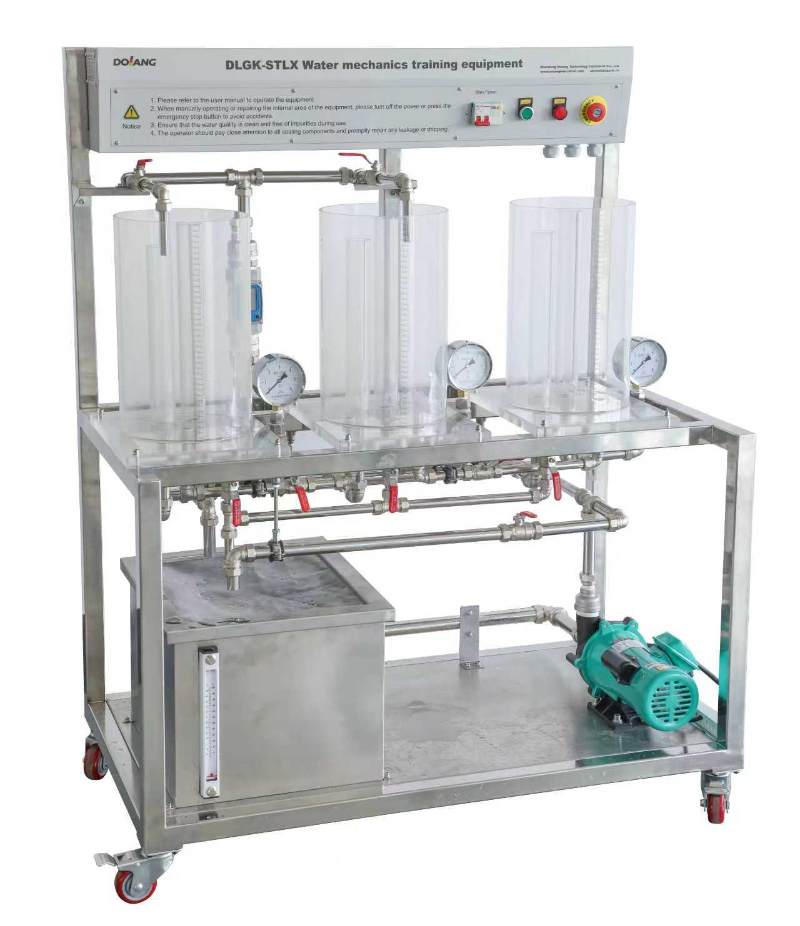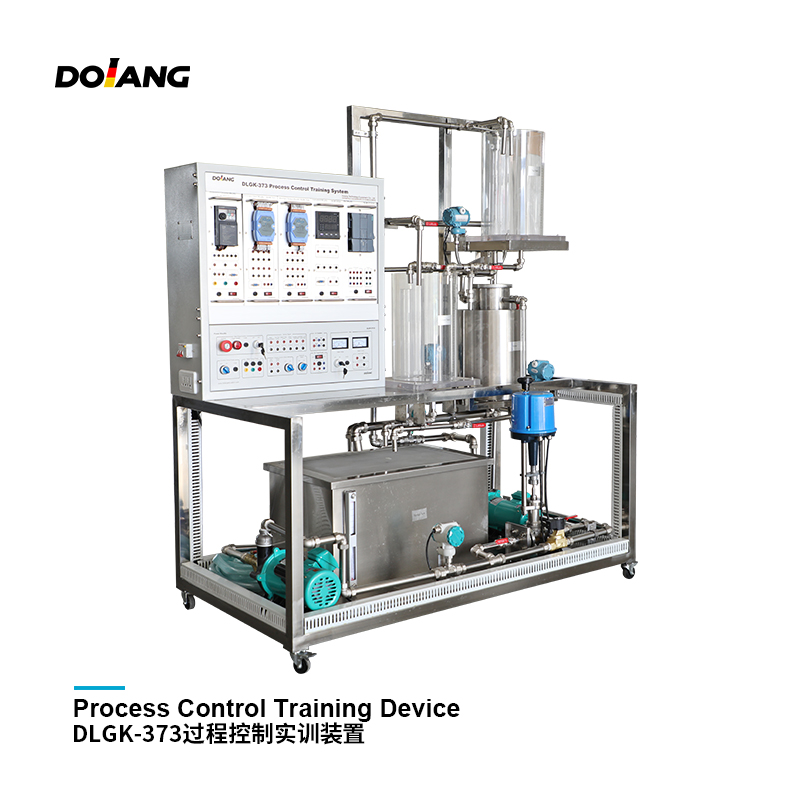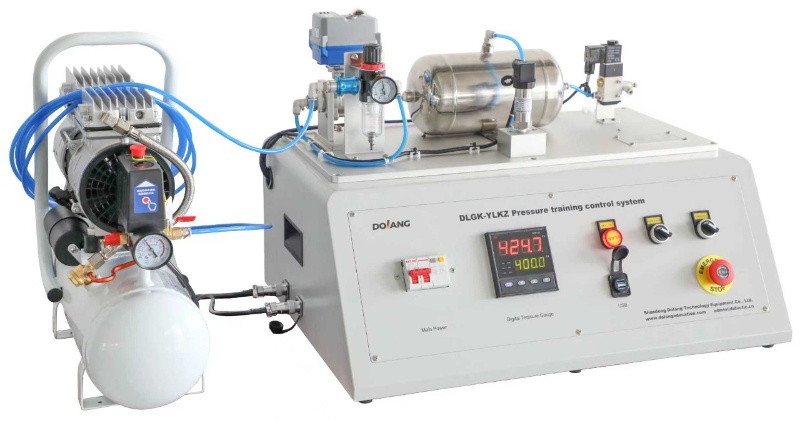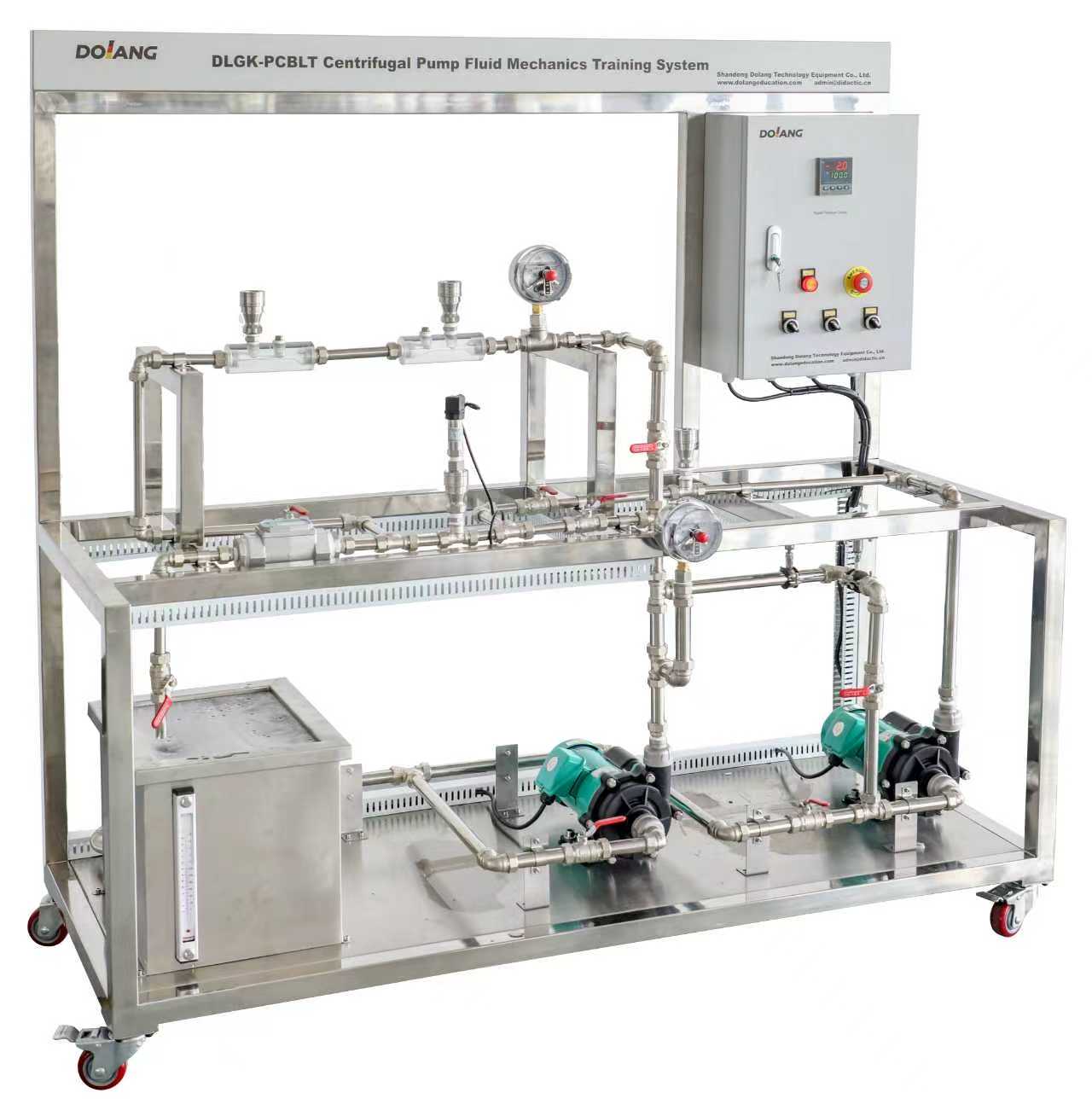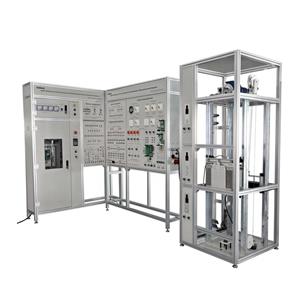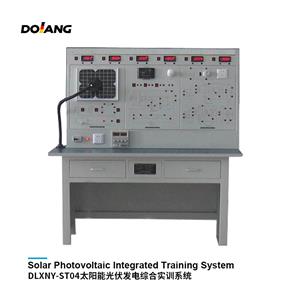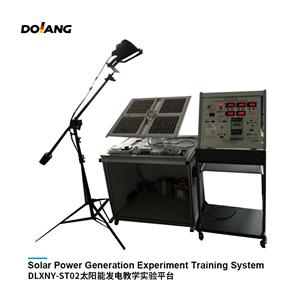DLGK-STLX Water Mechanics Training Equipment

- Dolang
- China
- 30-60 Days
The water mechanics training equipment is mainly composed of an electrical control system, a centrifugal pump, a test bench, a raw water tank, a valve, a transparent water tank, a mechanical pressure gauge and pipelines .
In water mechanics education, this teaching device, which is specially used to verify the Bernoulli equation, plays an important role in helping students to deeply understand the Bernoulli equation. It mainly collects key parameters such as pressure value and water level to intuitively present the conversion relationship between kinetic energy, potential energy and pressure energy when the ideal fluid flows steadily.
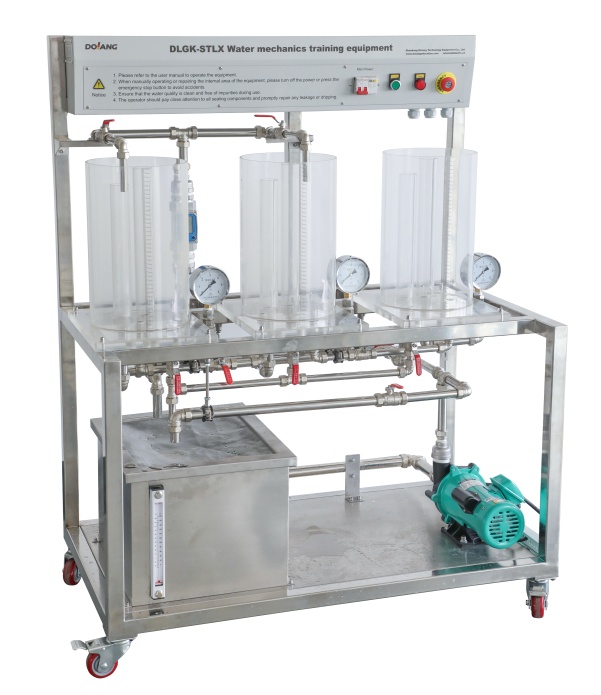
Pictures are for reference only
1. System Overview
The water mechanics training equipment is mainly composed of an electrical control system, a centrifugal pump, a test bench, a raw water tank, a valve, a transparent water tank, a mechanical pressure gauge and pipelines .
In water mechanics education, this teaching device, which is specially used to verify the Bernoulli equation, plays an important role in helping students to deeply understand the Bernoulli equation. It mainly collects key parameters such as pressure value and water level to intuitively present the conversion relationship between kinetic energy, potential energy and pressure energy when the ideal fluid flows steadily.
2. Technical Parameters
1. Input voltage: single-phase three-wire 220V±10% 50H z
2. Working environment: Ambient temperature range is 0 ~ 40℃
3. Device capacity: AC < 2000 VA
4. Safety protection: leakage protection (operating current ≤ 2 0mA), overcurrent protection
5. Relative humidity: ≤90% (25 ℃)
6. Equipment area: ≤1200mm*670mm*1510mm (length*width*height)
3. System module composition and functions
In the system pipeline is water , and the combination of a centrifugal pump and multiple valves is used to implement the fluid mechanics experiment of the centrifugal pump . It mainly collects key parameters such as pressure value and water level height to intuitively present the conversion relationship between kinetic energy, potential energy and pressure energy when the ideal fluid flows steadily.
The centrifugal pump is the core power source, responsible for pumping water out of the first water tank, providing power for the entire water cycle and ensuring that the water can circulate stably in the system.
Water tank assembly: It includes four water tanks. The first water tank is the starting point, and the centrifugal pump draws water from here; the second water tank, the third water tank and the fourth water tank are containers through which the water flows in sequence under the action of natural water pressure, and finally the water flows back to the first water tank, forming a complete water circulation path.
Measuring components: A pressure gauge is configured to accurately collect pressure values at different locations. A water level scale is also set to facilitate reading the water level height of each water tank. These data are important bases for verifying the Bernoulli equation.
Pipes and connecting parts: The centrifugal pump, water tank and measuring components are connected through pipes of different diameters to ensure smooth flow of water, and valves are installed at key locations to control the flow rate and flow rate of the water.
4. List of main equipment
No. | Name | Model Specifications | Qty | Remark |
1 | Training platform | Sheet Metal | 1 |
|
2 | Water tank | ≥30L | 1 |
|
3 | Ball valve | Q20 | 2 |
|
4 | Pressure gauge | 0~0.16Mpa | 3 |
|
5 | Water Pump | MP-120RM/220V | 1 |
|
6 | Transparent water tank | Acrylic with ruler | 3 |
|
7 | Control valve | Q20 | 2 |
|
8 | pipeline | Stainless steel | 1 |
|
9 | breaker | 2P 10A | 1 |
|
10 | Backflow valve | Q20 | 3 |
|
11 | AC contactor | AC220V, 9A | 1 |
|
12 | Button | 1N0,1NC | 2 |
|
5. Experimental Project
Training 1: Valve opening experimental cognition
Training 2: Experimental understanding of the impact of parallel pipes on water flow
Training 3: Understanding of the Connecting Vessel Experiment
Training 4: Understanding the relationship between fluid height and potential energy
Training 5: Understanding the working principle of centrifugal pumps
Training 6: Verification of Bernoulli equation

